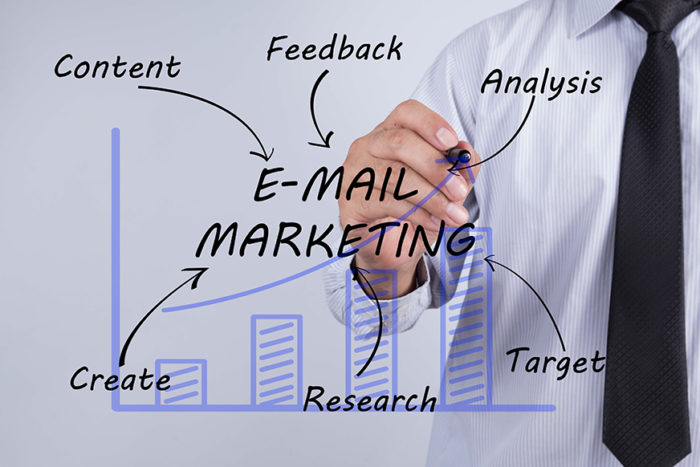It’s top of the to-do list for digital marketers this year, but many implementation programmes are currently failing. Yes, it’s email marketing automation. There are undeniably huge benefits with automating processes – and marketers show the desire to reap those rewards – but in practice it’s difficult to make automation programmes work successfully. New stats from the Econsultancy/Adestra Email Marketing census 2015 show automation is an important, but underperforming area.
The top benefits for marketing automation make compelling reading: improved communications, better customer engagement, more sales opportunities and time saving. And although marketing automation has been around for some time, its adoption is best described as slow and steady. Today, four in ten automation programmes are failing and only 7% are viewed as ‘very successful’. But why is automating so difficult? There are a number of indicators…
The perception of marketing automation capabilities varies. 43% of client-side marketers think Email Service Providers [ESPs] are ‘advanced’, while agencies say less than half that figure, just 19%. Furthermore, 64% of agencies say client ESPs are too basic in their automation capabilities – which could be one reason why adoption is slow. Given that agencies are using more ESP functions, they are arguably better placed to give such an accurate assessment.
The majority of automated triggers have seen slightly increased use compared to last year. However, figures are still low. Most triggers are used by less than a third of companies, and only basic triggers, such as ‘subscription or sign-up to website’ (65%) and ‘automated response to website visit / sign-up’ (59%), are being used by more than half. Agencies, on the other hand, are making much more use of triggers across the board, up to double that of in-house marketers. These include: abandoned basket campaigns, product recommendations based on previous activity, and lifecycle marketing campaigns such as welcome programmes and renewal/replenishment/re-subscribe programmes.
As the use of triggers increases, marketers are better able to understand the scope and benefits within their marketing framework, as well as proving the results for each one. As with most things, starting with the basics and working up is the best way forward.
With so few companies excelling at automation, it’s important to address what is preventing them from taking their campaigns further. The main barrier is time. It’s the old paradox – despite knowing that automation helps to save time, marketers are still struggling to find the time to implement it. Nearly half (46%) state that finding time to make it happen is a main challenge for them, a marginal increase from 45% in 2014. Lack of resources and integrating data are also significant barriers for more than a third (36%) of marketers.
Email marketing automated campaigns top the wish list
However, the expectation is that organisations will continue to increase their use of automation to deliver timely, relevant content to their customers. More than half (54%) identified marketing automation as an area they are not yet doing to their satisfaction. Additionally, when asked which areas they would really like to focus on in 2015, the highest ranked option was automated campaigns (29%).
Further examination of the areas marketers would like to improve shows it’s all about the data. The top four on the list are: better personalisation (64%), better segmentation (61%), marketing automation (54%) and cross channel data (52%). All require marketers to have good grasp of data management and analytics.
Looking ahead five years – while there’s some debate on the level of automation and integration of marketing channels, the single biggest change to email marketing will be clearly around data. The most popular words used by company respondents being ‘data’, ‘content’, ‘personalisation’ and, for agencies, also ‘integration’ and ‘relevant’.
Marketing automation is a key focus for email marketers and for good reason – get it right and it delivers major, direct commercial benefits. However, marketers need to make time to implement it successfully and use more triggers, as well as making use of their ESP’s capabilities. Only then will businesses move email beyond a direct response channel, to become an integral piece of the jigsaw for delivering personalised, integrated and automated customer experiences.
(The Econsultancy survey of more than 1,000 in-house and agency respondents was conducted in January and February 2015.)
